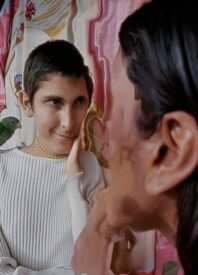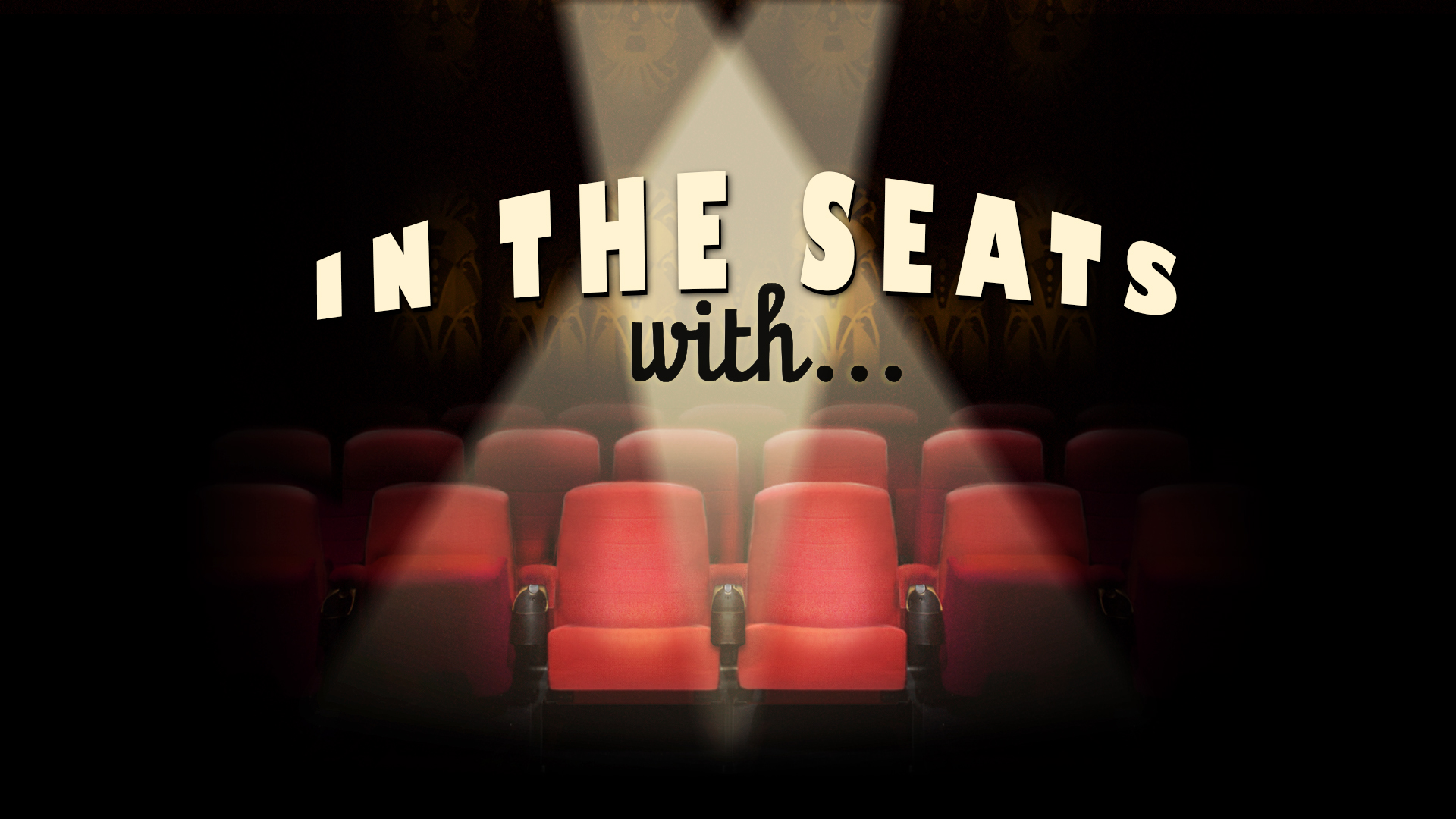
Avant-garde films are like puzzles. I apply this reductive statement that I’ll pretend I made up with The Human Surge 3, the sequel to The Human Surge. The film shows, to its viewers, some locations, maybe a human on screen or speak behind it. Sometimes they speak in Sinhala, Spanish, or Mandarin, maybe a smattering of English. Mainstream films are all about establishing shots, which this film has, but it shows us that it takes more than a wide shot of something to ground a film and that doing so is not this film’s concern. This is partly due to the film’s conceit involving its characters knowing each other despite being from different countries. They meet in each other’s countries through some offscreen magic.
The images in The Human Surge 3 remind of the John Ford rule. To those of you who still need to watch The Fabelmans, the John Ford rule is to use high or low angles because medium angles are boring. Even if this film seems like it’s breaking all the rules, it follows them but in a way a troll does, but in the best way. The angles are too high and too low as it ‘depicts’ the young characters getting to know each other. They tell each other their feelings, and they have light arguments. In doing this, it calls out the artificiality of cinema’s intimacy. Its methods don’t always work. But the viewer can feel its intended effects mostly, just like experiences are ephemeral.
- Rated: 12
- Genre: Documentary
- Release Date: 9/7/2023
- Directed by: Eduardo Williams
- Starring: Abel Navarro, Meera Nadarasa, Ri Ri Yang
- Produced by: Eduardo Williams, Nahuel Pérez Biscayart
- Written by: Eduardo Williams

